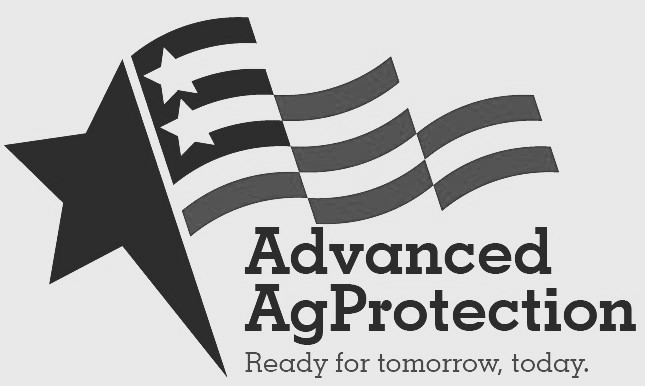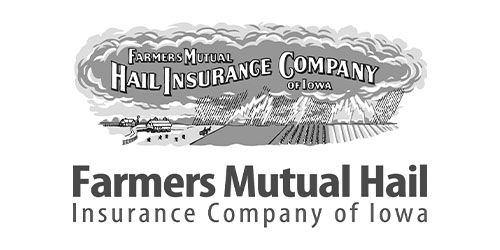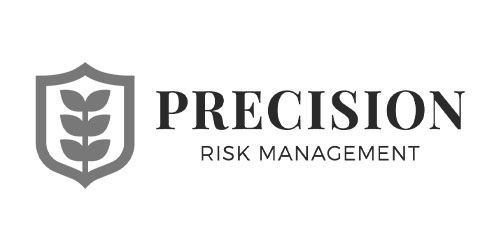Who Benefits From Federal Crop Insurance?
Lorem Ipsum
Farmers, taxpayers and our economy all benefit from the farm safety net provided by crop insurance.
When confronted with yield or revenue losses, farmers use crop insurance indemnities to financially recover from natural disasters and volatile market fluctuations; pay their bankers, fertilizer and seed suppliers, equipment providers, and landlords; purchase their production inputs for the next season; and give them the overall confidence to make long-term land improvement and infrastructure investments that increase their production efficiency.
This may explain why most farm leaders across the country have called Federal crop insurance their top risk management tool and a policy priority during recent Farm Bill debates. Of course, others also benefit when farmers have proper protection against uncontrollable risks. For example:
- The rural economy is largely dependent on farmers’ ability to rebound after disaster strikes. A study by Farm Credit Services of America explained this relationship following the historic 2012 drought, noting that Federal crop insurance saved 20,900 jobs – with an annual labor income of $721 million – in Iowa, Nebraska, South Dakota, and Wyoming alone.
- Absent crop insurance, the total cost of natural disasters that harm farmers would fall directly on U.S. taxpayers.
American consumers rely upon agriculture for food and fiber. Additionally, in 2019 agriculture and related industries accounted for 10.9 percent of U.S. employment as well as 5.2 percent of the U.S. gross domestic output. Therefore, it is in the public interest to have a financially stable agricultural sector and a strong public-private partnership in support of the crop insurance safety net for farmers, who increasingly face increasingly severe weather patterns due to climate change and unfair competition from foreign countries that may violate international trade rules.
* Updated January 2023















